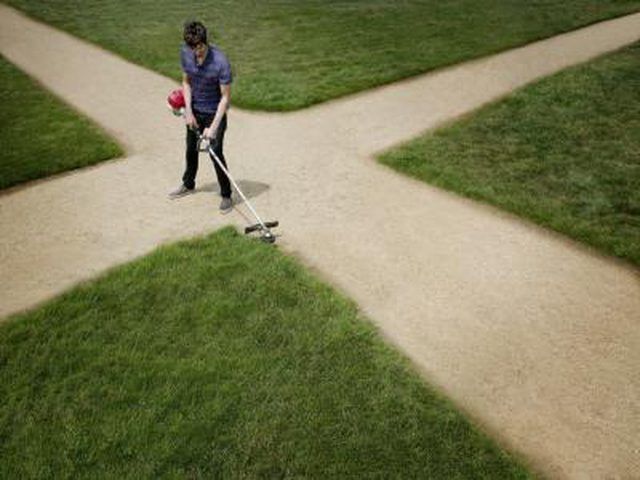Bulbs
Flower Basics
Flower Beds & Specialty Gardens
Flower Garden
Garden Furniture
Garden Gnomes
Garden Seeds
Garden Sheds
Garden Statues
Garden Tools & Supplies
Gardening Basics
Green & Organic
Groundcovers & Vines
Growing Annuals
Growing Basil
Growing Beans
Growing Berries
Growing Blueberries
Growing Cactus
Growing Corn
Growing Cotton
Growing Edibles
Growing Flowers
Growing Garlic
Growing Grapes
Growing Grass
Growing Herbs
Growing Jasmine
Growing Mint
Growing Mushrooms
Orchids
Growing Peanuts
Growing Perennials
Growing Plants
Growing Rosemary
Growing Roses
Growing Strawberries
Growing Sunflowers
Growing Thyme
Growing Tomatoes
Growing Tulips
Growing Vegetables
Herb Basics
Herb Garden
Indoor Growing
Landscaping Basics
Landscaping Patios
Landscaping Plants
Landscaping Shrubs
Landscaping Trees
Landscaping Walks & Pathways
Lawn Basics
Lawn Maintenance
Lawn Mowers
Lawn Ornaments
Lawn Planting
Lawn Tools
Outdoor Growing
Overall Landscape Planning
Pests, Weeds & Problems
Plant Basics
Rock Garden
Rose Garden
Shrubs
Soil
Specialty Gardens
Trees
Vegetable Garden
Yard Maintenance
How to Install a Blade on an Echo Weed Eater
How to Install a Blade on an Echo Weed Eater. A weed eater is an essential tool in the arsenal of a homeowner, as it cuts grass and weeds in places that the blades of your lawnmower cannot reach, such as around the base of your mailbox or the bottom of a fence. Some manufacturers, such as Echo, build weed eaters that can be equipped with cutting...

A weed eater is an essential tool in the arsenal of a homeowner, as it cuts grass and weeds in places that the blades of your lawnmower cannot reach, such as around the base of your mailbox or the bottom of a fence. Some manufacturers, such as Echo, build weed eaters that can be equipped with cutting blades that can be used to cut through thick weeds and brush that the standard nylon string trimmer head cannot cut through.
Things You'll Need
Screwdriver
10 mm wrench
Locking tool
Cotter pin
Attach the metal blade shield to the end of the trimmer using the included hardware.
Flip the trimmer head upside-down and slide the upper plate onto the end of the shaft.
Place the blade on top of the upper plate, positioning it so the arrow painted on the blade points in the same direction as the blade rotates.
Place the lower plate over the center of the blade and attach it by turning a 10 mm left-handed locking nut counterclockwise until it's tight enough to hold the blade in place.
Line up the hole in the upper plate and the notch in the gear housing. Slide the locking tool into the hole.
Tighten the 10 mm nut until it is securely in place. Slide a cotter pin through the hole at the end of the shaft. Bend the ends of the cotter pin around the shaft.
Remove the locking tool.